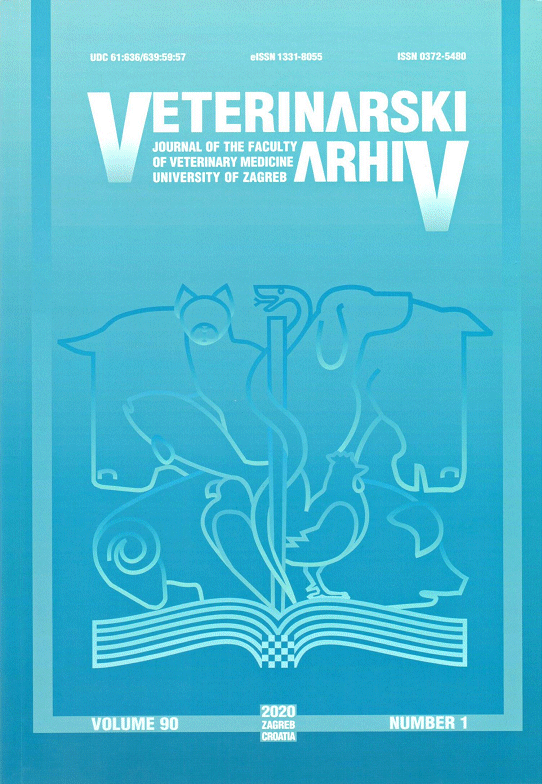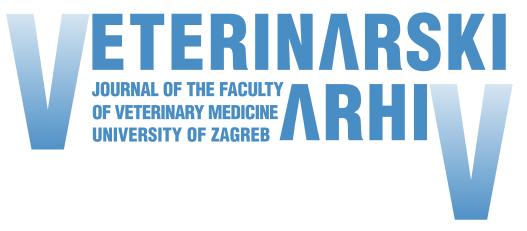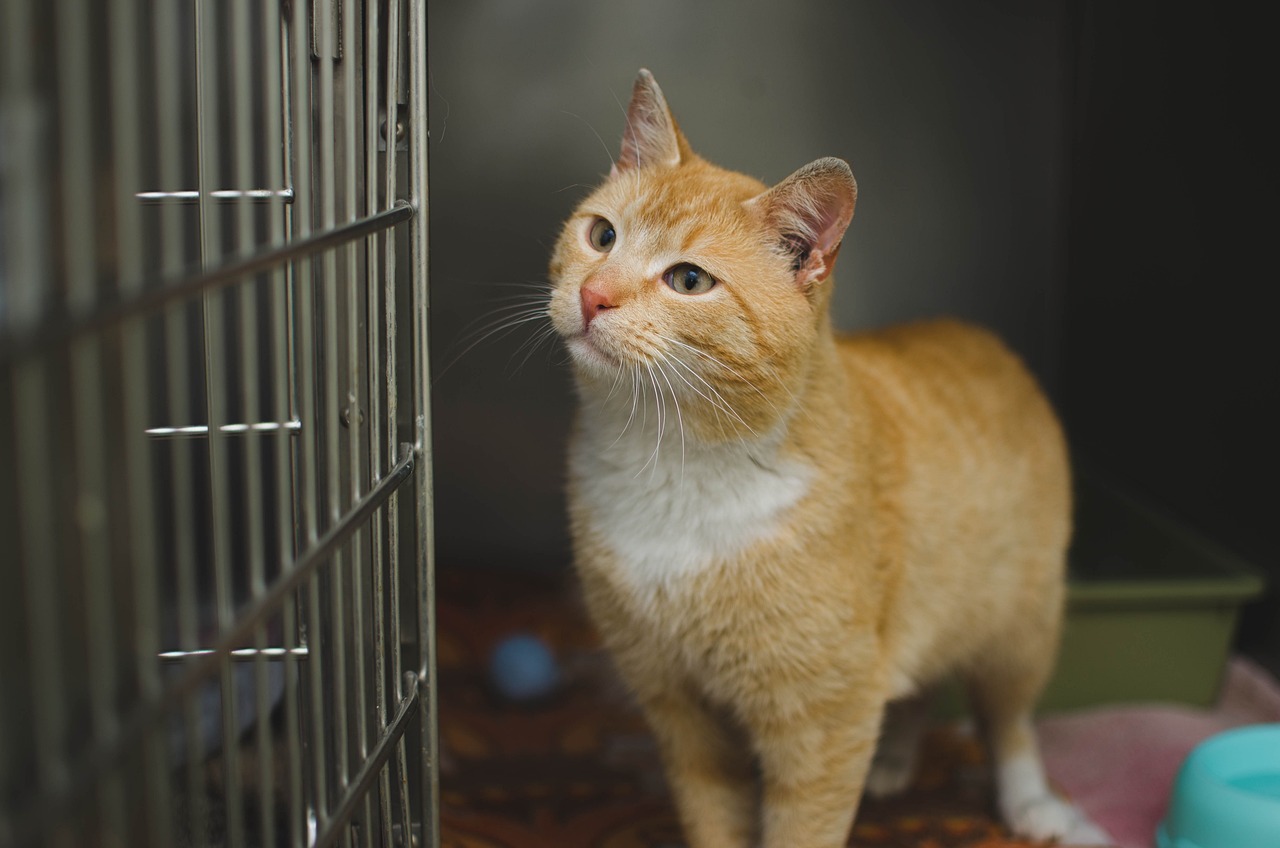
The journal Veterinarski arhiv (Vet. Arhiv) publishes original scientific papers, case reports, short communications, review papers and book reviews. Occasionally, in supplemental issues, it publishes papers of relevant conferences. The scope of the journal includes all fields of veterinary and animal sciences. From 1st of January 2025 Veterinarski arhiv is published four (4) times per year by the Faculty of Veterinary Medicine University of Zagreb, as an open access, peer-reviewed, international scientific journal. Only unpublished manuscripts may be accepted for the review process. All papers must be written in English and submitted via the Journal’s online submission system (COMET). The content of the Journal is available free of charge and there are no publication charges. Abstracts/Contents are indexed in Science Citation Index Expanded (SciSearch™), Journal Citation Reports/Science Edition, SCOPUS, Zoological Record, Biological Abstracts, BIOSIS Previews, CAB Abstracts (Index Veterinarius, Veterinary Bulletin), FISHLIT.
Aims and Scope
The goal of the journal is to provide an international platform for the publication of articles in the fields of veterinary and animal sciences, and biotechnology. The content of the journal is particularly dedicated to veterinary practitioners, but also to veterinary scientist and university professors, to encourage them to share their knowledge and experience on this platform.
Manuscripts submitted to the journal may include: original scientific papers, review articles, short communications, case reports and reviews of new books. Occasionally, in supplemental issues, papers of relevant conferences can be also submitted.


